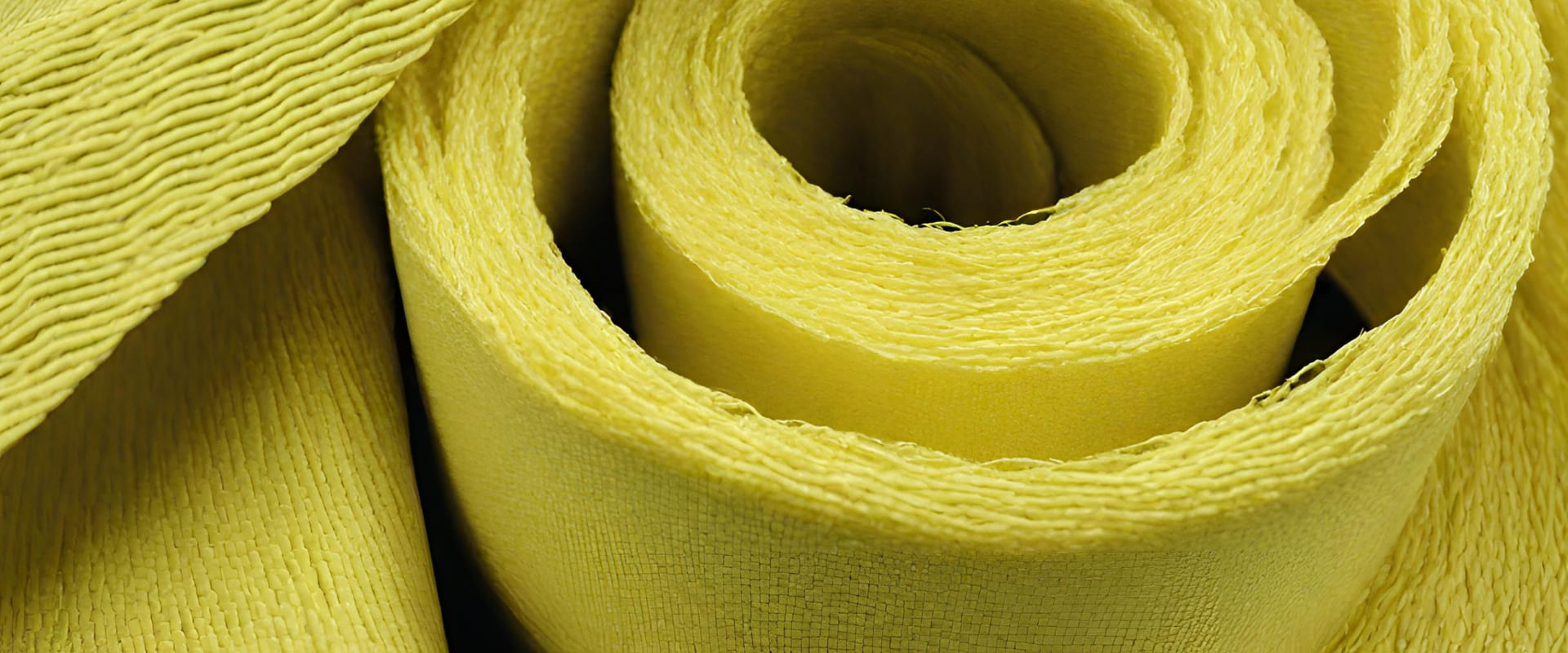Abstract
Kevlar is a Flame Retardant and Low-Melting-Point Polyester Fibers. The number of lamination layers of the fabric is varied and examined to determine their influence on the mechanical properties of the Protective Fabrics. The results of the test show that tensile strength and bursting strength of the Protective Fabrics increase as a result of the increased number of lamination layers.
Aramid Fiber (Kevlar) and its Application in Protective Fabrics:
- Composition: Aramid fibers, exemplified by Kevlar, are synthetic fibers known for their exceptional strength, heat resistance, and flame-retardant properties. Kevlar is specifically composed of long-chain polyamides, and its molecular structure contributes to its remarkable mechanical and thermal characteristics.
- Flame Retardancy: One notable property of Kevlar is its inherent flame retardancy. It does not support combustion easily, making it a preferred choice in applications where fire resistance is crucial, such as protective fabrics.
- Low-Melting-Point Polyester: Kevlar possesses a low-melting-point polyester nature, contributing to its thermal stability. This characteristic is advantageous in environments with elevated temperatures, ensuring the material maintains its integrity under heat stress.
Significance and Applications:
- Enhanced Protection: The findings emphasize the effectiveness of multiple lamination layers in reinforcing protective fabrics, thereby enhancing their ability to withstand mechanical stresses.
- Applications: Protective fabrics with aramid fibers, such as Kevlar, find extensive applications in various fields, including military and law enforcement, industrial safety, and firefighting.
- Optimized Performance: Understanding the influence of lamination layers on mechanical properties allows for the optimization of protective fabric design, ensuring superior performance in demanding environments.
Overall, aramid fibers like Kevlar, renowned for their flame retardancy and strength, are crucial components in protective fabrics. The incorporation of multiple lamination layers proves to be a strategic approach to enhancing the mechanical properties of these fabrics, ultimately improving their performance in diverse applications.



